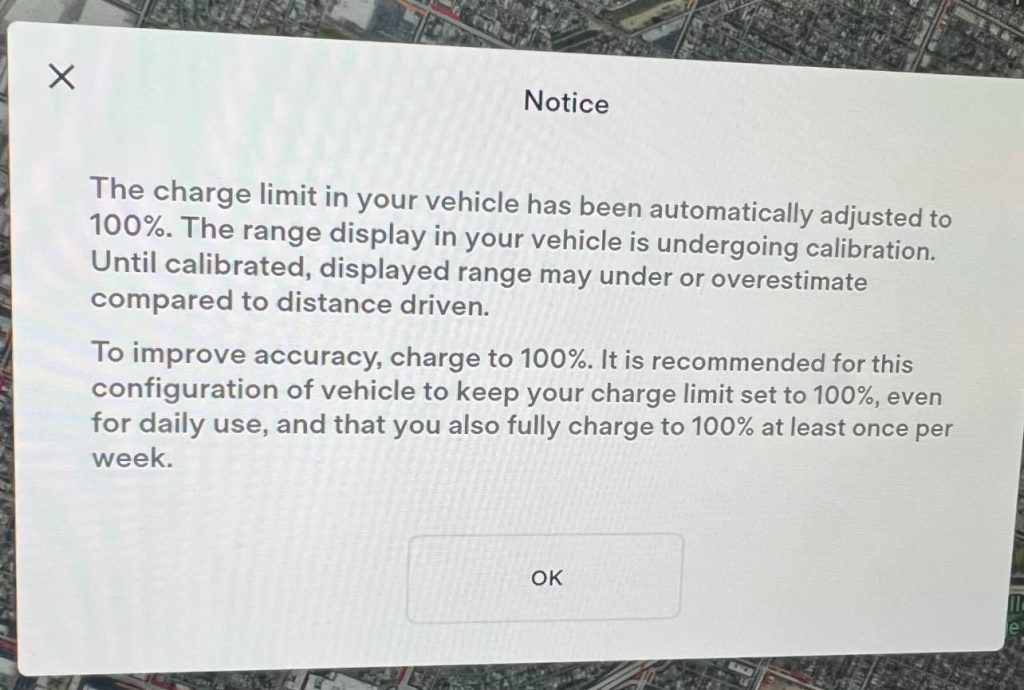Max Spaghetti
Member
Absolutely you shouldn't!I find the recommendation to charge my RWD to 100% at least once a week a bit of a problem as I frequently don't need a charge for a few weeks at a time...
It feels a bit silly charging from ~80% to 100% due to some arbitrary requirement in the owner's manual so I don't!
Charging to 100% calibrates the coulomb-counter in the BMS and gives it a chance to balance the cells - (cell balancing is only effective at a high state of charge in LFP batteries due to the nature of the charge curve).
If you are not driving often, a weekly charge to 100% will tend to have your battery sitting at or close to 100% permanently. Not good for the battery. LFP doesn't "hate" 100% as much as NCA/NMC, but it still dislikes sitting at 100%. It would, in fact, prefer sitting as close to 50% as you find comfortable for your usage case. (Look up storing a Tesla - the recommendation is 50%.)
I consider the recommendation to charge to 100% should be based on the number of cycles you are doing. Tesla has provided just one piece of advice, and doesn't want it to look complicated (bad PR).
If you are cycling the battery say 2 times/week (700-800km/week) or more, then sure, charge to 100% once/week.
But if you are only cycling the battery 2 times/month, then maybe charge to 100% once/month. And so forth.
That's my take on it. Don't expect Tesla to give you the perfect advice for every scenario. I personally drive around 110-140km (about 35%) per day, 5 days/week, so I set a nightly charge limit of 70% and cycle the vehicle 35%-70%. I almost never go below 20% SOC. I charge to 100% roughly fortnightly, and/or before any road trips or big days of driving. That works for me, I find it very easy to manage, and it gives me the satisfaction that I am at least trying to look after my (very expensive) battery.





